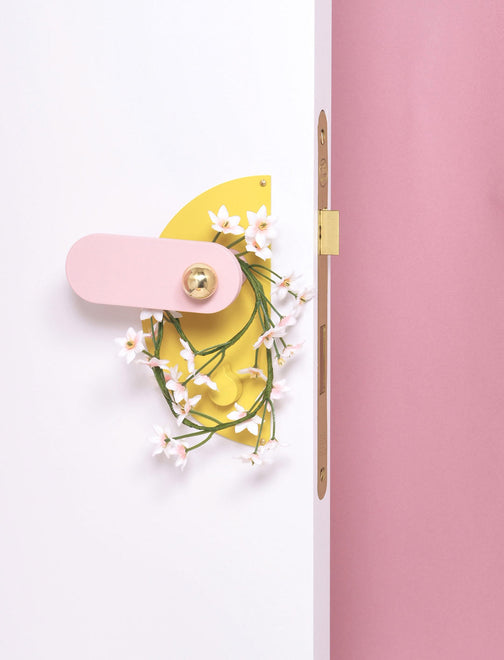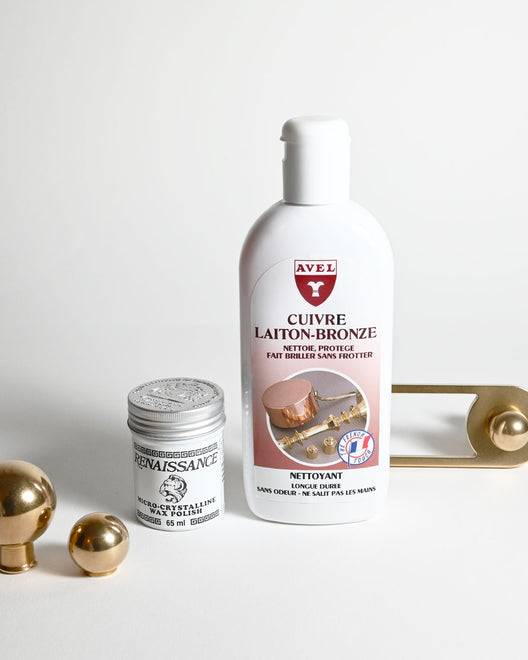Open close. And after ?
Our collections bring new answers to lovers of detail, to those who see in a handle or a door knob much more than a useful object. We have imagined decorative elements in their own right that can be combined according to your desires. Choose a plate, a handle, a decorative knob, freely assemble shapes, colors, materials, finishes. and your door becomes an unprecedented creation.
The essential
is in detail
Shapes
You are free to combine all the shapes in our catalog.
At your disposal :
- 5 models of handles.
- 3 decorative buttons fixed by us on the handle.
- 6 cupboard knobs, to be combined or not with a plate.
- 24 door plates from our collections.
Door handles
cupboard knobs
Decorative plates
- Parisette
- PS
W 43 x H 219 - PM
W 43 x H 324 - PL
W 43 x H 429
- Oblong
- OB
W 30 x H 62 - OBL
W 43 x H 300
- Babel
- BAS
L110 x H110mm
- Window
- FES
W 30 x H 73
Finishes
All our door objects are made of solid brass.
Brass allows an infinity of renderings, from the most matte to the most shiny, and lends itself perfectly to surface treatments. A versatile material, as much as our concept.
Eternal shine or fading over time, patinated, brushed, lacquered in white, black, red, everything is possible with brass.
We entrust these finishes to highly qualified French companies. The parts are then assembled and packaged in our workshop in Bordeaux.
natural brass


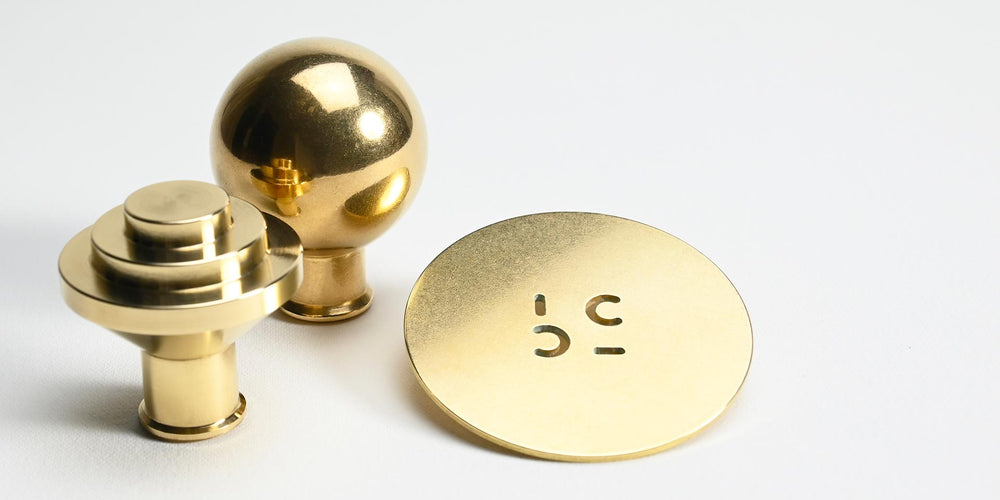
Description
The raw brass is slightly softened and polished mechanically. Deliberately left NATURAL, it will take on a patina over time and with use. Before delivery we apply a wax protection to the object in order to slow down the patina.
What happens over time
It is a LIVING MATERIAL.
Objects will skate.
The straw yellow color of brass will turn golden yellow then slowly brown to approach a bronze hue.
The brass will remain golden yellow on the handled parts, the patina will develop more quickly on the parts not touched by the hand. Natural brass may appear shiny on certain parts (BALL shape for example) but its appearance quickly becomes matt to develop its own character.
Outside, brass will patinate faster and differently depending on the climate and will require more regular maintenance if desired.
Interview
>> If you prefer the piece to develop its own character, simply clean with a soft, lint-free cloth, possibly a damp, soapy sponge before wiping well.
>> You can also use a 000 steel wool which allows a more thorough cleaning while maintaining a patina.
>> If you wish to restore the initial finish, the object of the door should ideally be dismantled, then use a good quality brass cream, rinse with lukewarm water, wipe well with a soft cloth, and possibly then apply a protective wax for brass.
(following the recommendations of the product manufacturer)
Attention :
The plates are fixed with small screws. Over the course of assembly and disassembly, the openings in the door can grow, no longer allowing the screws to play their role. Any dismantling must therefore be carried out with care.
If the objects are not disassembled: we recommend
to properly protect your door when you use a cleaning cream or a
wax (especially if the door is raw wood, without paint or varnish).
Mirror polished
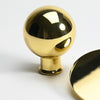

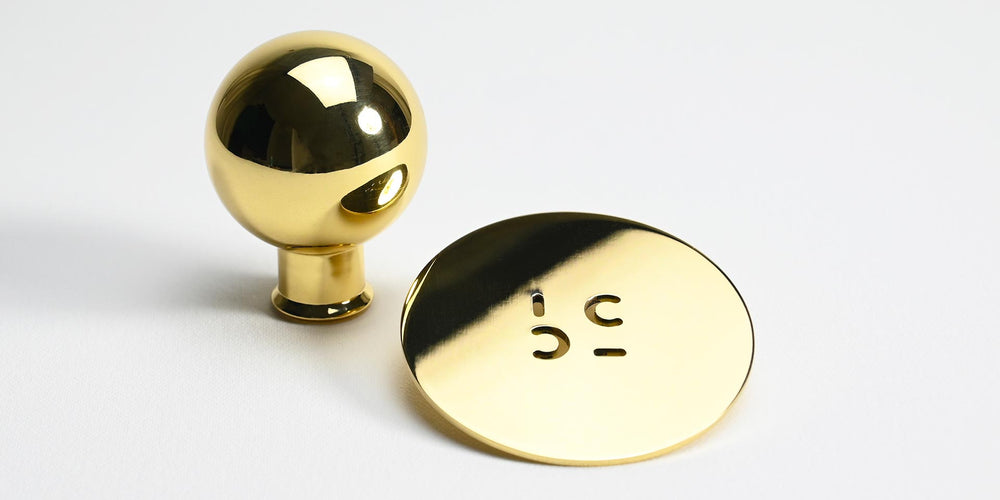
Description
The brass is POLISHED manually until obtaining a shiny mirror effect.
What happens over time
It is a LIVING MATERIAL.
With this finish, our objects will take on a patina over time and with use. The patina on this finish is slower than on a natural brass.
The straw yellow color of brass will turn golden yellow then slowly brown to approach a bronze hue.
The brass will remain golden yellow on the handled parts, the patina will develop more quickly on the parts not touched by the hand. The pieces will then brown nicely to develop their own character.
Outside, the brass will patinate more quickly and differently depending on the climate and will require more regular maintenance if desired.
Interview
>> If you prefer the piece to develop its own character, simply clean with a very soft, lint-free cloth, possibly use a damp, soapy sponge and then wipe well.
ATTENTION the very fine polishing can be scratched easily.
>> If you wish to restore the initial finish, the object of the door should ideally be dismantled, then use a good quality brass cream, rinse with lukewarm water, wipe well with a soft cloth, and possibly then apply a protective wax for brass.
(following the recommendations of the product manufacturer)
Attention :
The plates are fixed with small screws. Over the course of assembly and disassembly, the openings in the door can grow, no longer allowing the screws to play their role. Any dismantling must therefore be carried out with care.
If the objects are not dismantled: we recommend protecting your door well when using a cleaning cream or wax (especially if the door is made of raw wood, without paint or varnish).
Polished pale gold
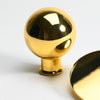

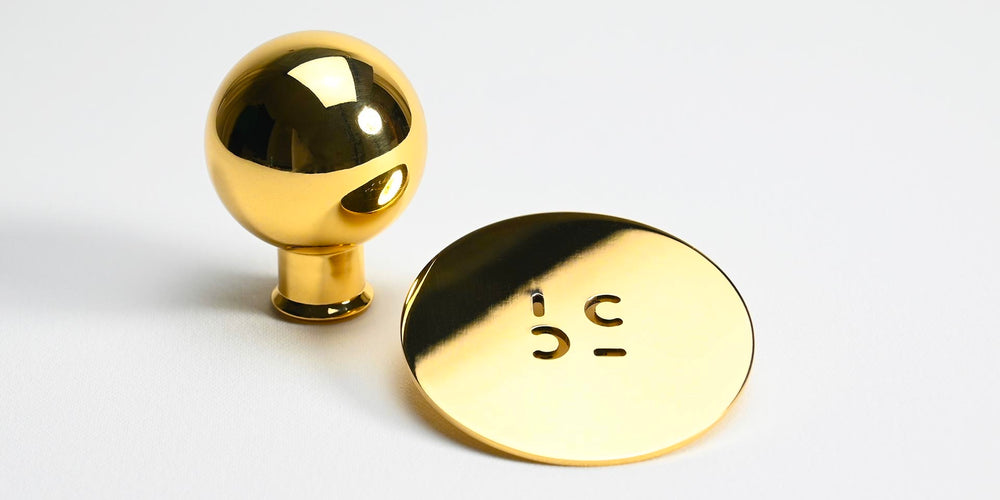
Description
The raw brass is polished manually, to obtain the brilliance and the reflection of the mirror. It then receives by electrolysis a deposit of copper, then nickel, chromium and finally a layer of 24 carat gold.
What happens over time
The particularity of polished gold is that it does not acquire a patina. The object will therefore retain its brilliance and color as on the first day.
Interview
Use a soft sponge and warm soapy water, rinse then dry carefully with a soft cloth.
Brushed brass



Description
Our objects are finely brushed manually then protected by a polyurethane varnish.
What happens over time
The varnish is still fragile and will not appreciate bumps and scratches.
This finish requires careful use and is not recommended for intensive use or even for outdoor use.
Interview
Use a soft, damp, soapy sponge, rinse and then dry carefully with a soft cloth.
bronze medal
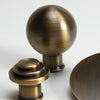

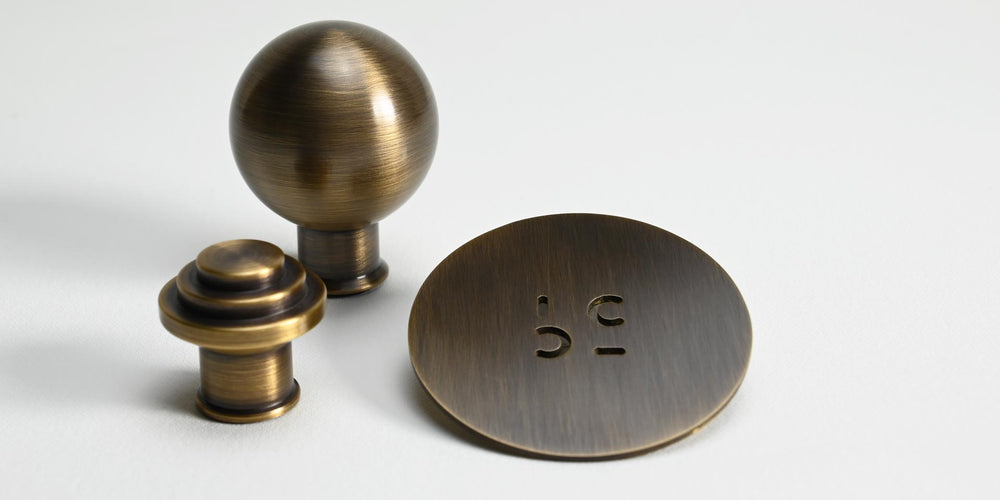
Description
The raw brass is slightly softened and then polished manually.
The brass receives an oxidation to give it a brown patina appearance. It is then wiped and stabilized in order to obtain the desired level of finish (we can adjust the shade of this finish to your
project).
The piece is protected by a polyurethane varnish.
What happens over time
This finish gives an advanced aged look to the brass.
CAUTION: The varnish is still fragile and will not appreciate shocks and scratches.
This finish requires careful use, and is not recommended for public and outdoor areas.
Interview
Use a soft sponge and warm soapy water, rinse then dry carefully with a soft cloth.
Satin nickel
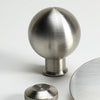

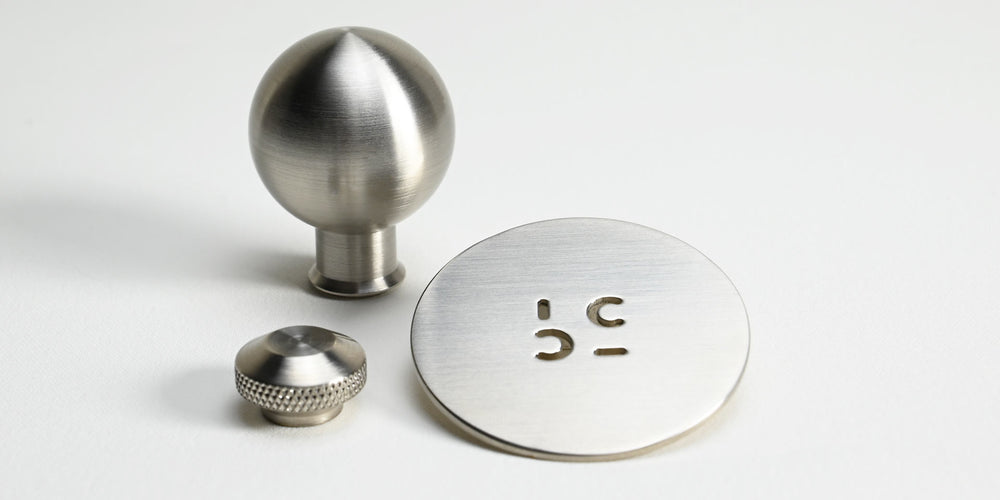
Description
This finish is very resistant. The raw brass is polished, it then receives a nickel decoration by electrolysis in several passes, it is finally lightly brushed manually in an irregular way. These successive layers of nickel do not require any finishing varnish.
What happens over time
This very resistant finish can be used both indoors and outdoors, including for intensive use.
Interview
Use a soft sponge and warm soapy water, rinse then dry carefully with a soft cloth.
Brushed Nickel
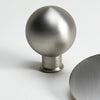


Description
The raw brass is finely brushed manually and receives a nickel decoration by electrolysis. The part is then protected by a polyurethane varnish.
What happens over time
CAUTION: The varnish is still fragile and will not appreciate shocks and scratches.
This finish requires careful use, and is not recommended for intensive use.
Interview
Use a soft sponge and warm soapy water, rinse then dry carefully with a soft cloth.
Polished nickel
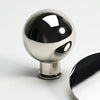


Description
The raw brass is polished manually to obtain the brilliance and the reflection of the mirror. It receives a nickel deposit by electrolysis.
The warm hue of the nickel gives a silver with slightly golden reflections.
What happens over time
It is a LIVING MATERIAL.
With this finish, our objects will take on a patina over time and with use.
This finish is recommended for interior use.
Outside, nickel patinas faster and differently depending on the climate. If you stick to the original patina, it will require more regular maintenance.
Interview
Use a soft sponge and warm soapy water, rinse then dry carefully with a soft cloth.
You can also use a metal cream if necessary. (following the recommendations of the product manufacturer)
Regular maintenance will allow this finish to retain all its shine.
polished chrome
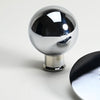

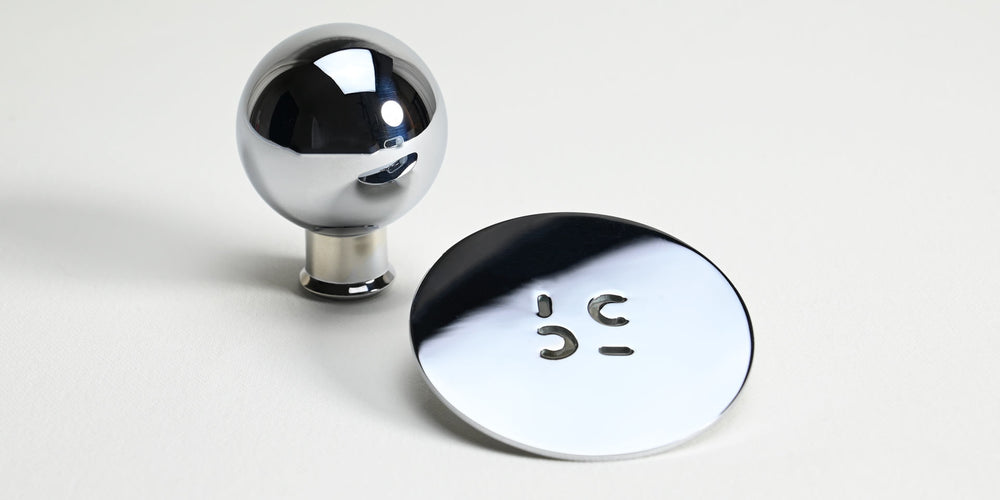
Description
The raw brass is polished manually, to obtain the brilliance and the reflection of the mirror. It receives a deposit of copper, nickel and then chromium by electrolysis.
The cold tint of the chrome gives a silver with slightly bluish reflections.
What happens over time
This very resistant finish can be used both indoors and outdoors, including for intensive use.
Interview
Use a soft sponge and warm soapy water, rinse then dry carefully with a soft cloth.
You can also use a chrome cream (following the manufacturer's recommendations).
Regular maintenance will allow this finish to retain all its shine.
gun barrel
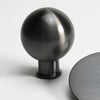

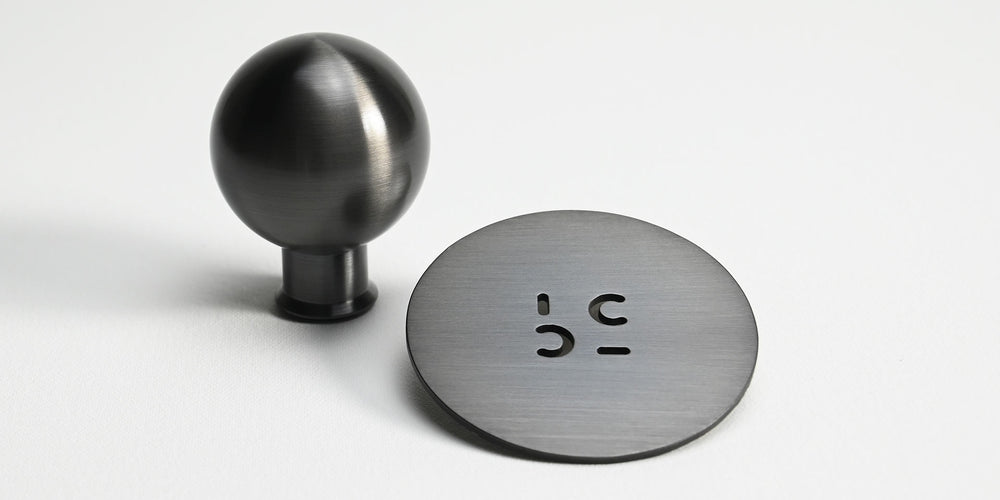
Description
The raw brass is polished, then brushed manually, it then receives a blackened nickel decoration by electrolysis in several passes. The part is then protected by a polyurethane varnish.
The dark shade of blackened nickel is reminiscent of anthracite grey.
What happens over time
CAUTION: The varnish is still fragile and will not appreciate shocks and scratches.
This finish requires careful use and is not recommended for intensive use.
Interview
Use a damp and possibly soapy sponge, rinse then dry carefully with a soft cloth.
White colour
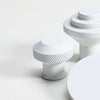

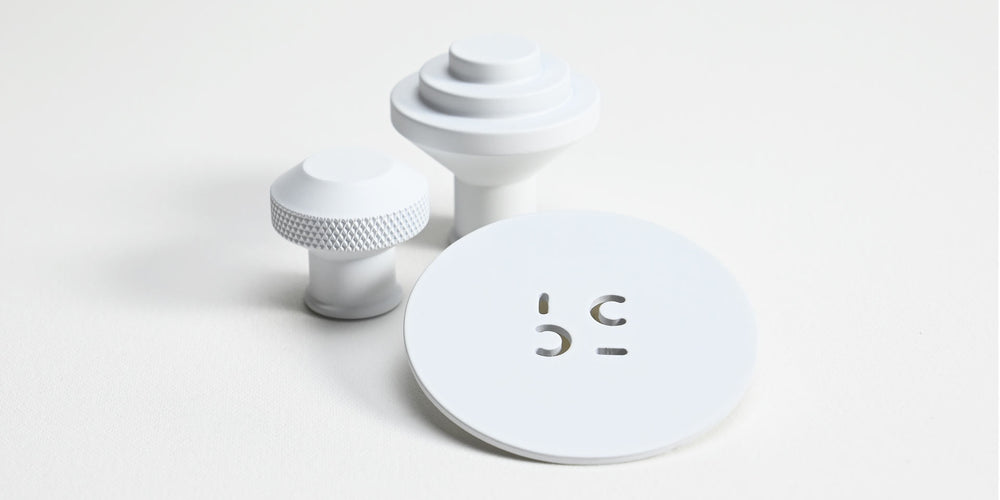
Description
Write rather: The raw brass is slightly softened before receiving a matt white lacquer, reference RAL 9003.
The appearance is subtly powdered. The pieces are fired at 80°C.
What happens over time
Like a varnish, the paint protects the metal surface. And in the same way, she does not like bumps and scratches.
This finish requires careful use, and is not recommended for intensive use, or even for outdoor use.
Do not drop the object on the ground. Do not hit it with another metal object, which could damage the paint.
Interview
Use a soft sponge and warm soapy water, rinse then dry carefully with a soft cloth.
Black color
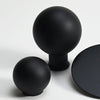

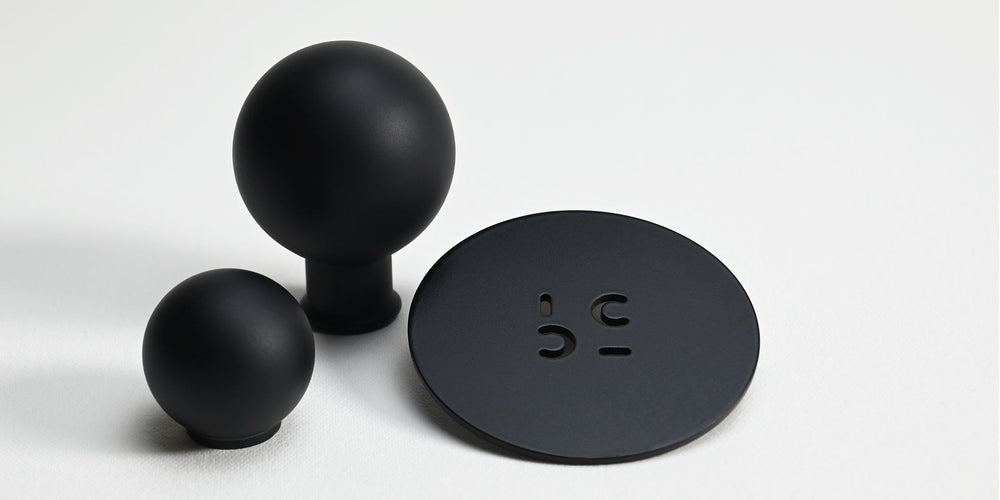
Description
Write rather: The raw brass is slightly softened before receiving a black satin lacquer, reference RAL 9005.
The pieces are fired at 80°C.
What happens over time
Like a varnish, the paint protects the metal surface. And in the same way, she does not like bumps and scratches.
This finish requires careful use, and is not recommended for public places, or even outdoors.
Interview
Use a soft sponge and warm soapy water, rinse then dry carefully with a soft cloth.
Custom color


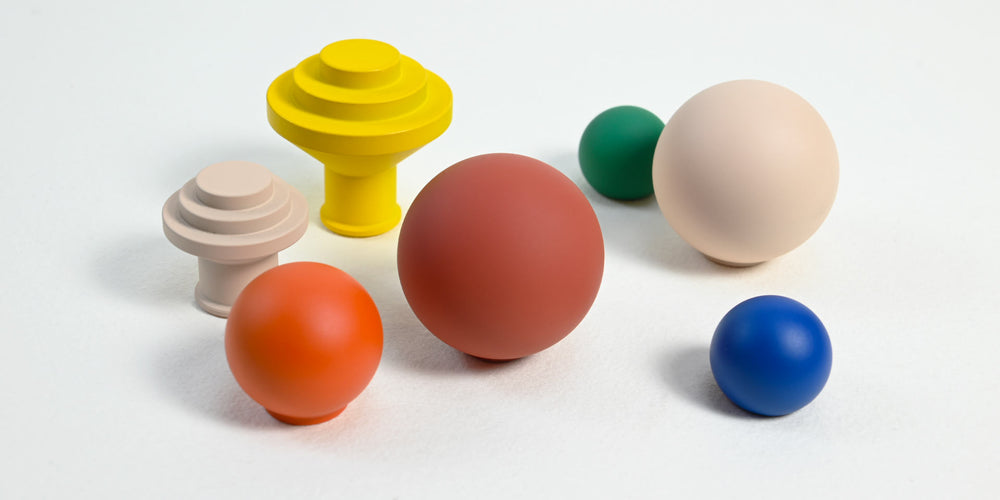
Description
The raw brass is slightly softened and then receives a custom lacquer according to your choice. With a subtly powdery appearance. The pieces are fired at 80°C.
What happens over time
Paint like varnish protects the metal surface.
And in the same way, it will not appreciate bumps and scratches.
This finish requires careful use, and is not recommended for intensive use, or even for outdoor use.
Do not drop the object on the ground. Do not hit it with another metal object, which could damage the paint.
Interview
Use a soft sponge and warm soapy water, rinse then dry carefully with a soft cloth.
PVD - Black
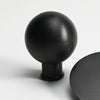

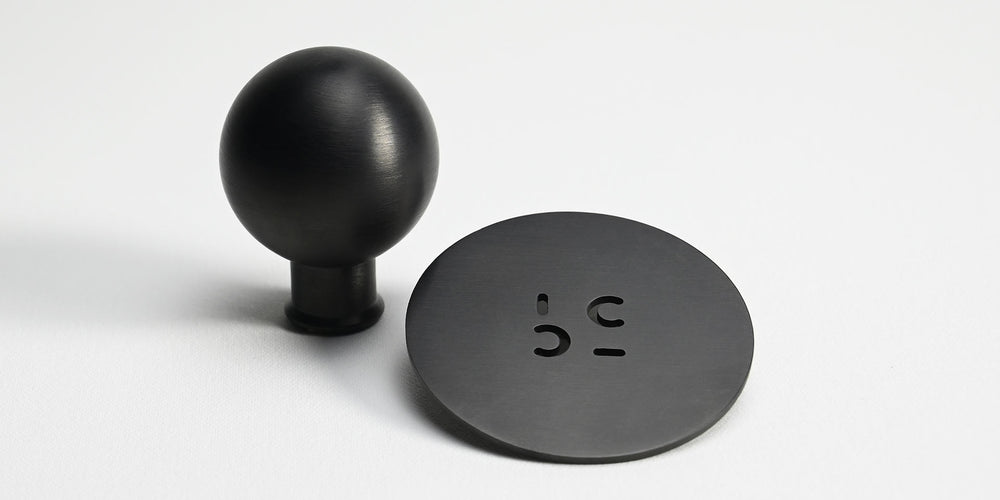
Description
The raw brass is mechanically polished then brushed, it then receives a nickel and then chrome decoration by electrolysis. The piece is given a titanium decoration by vacuum steam.
Lightly brushed and satin, this black finish is very elegant.
What happens over time
This finish is very resistant.
Interview
Clean with a soft cloth and a little warm soapy water.

